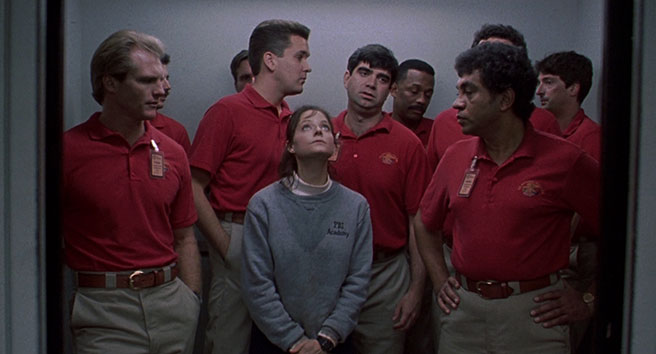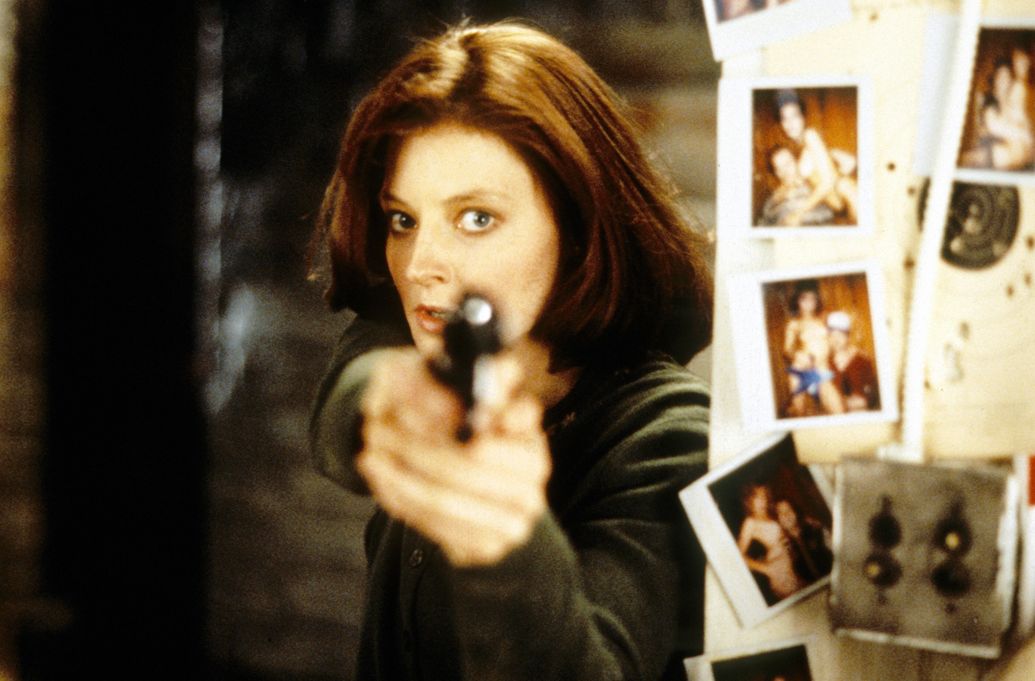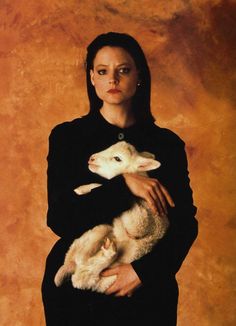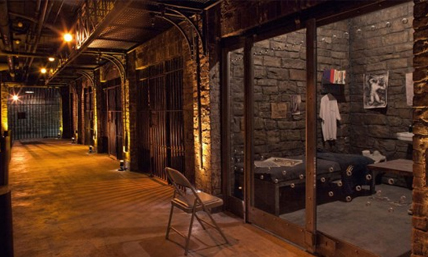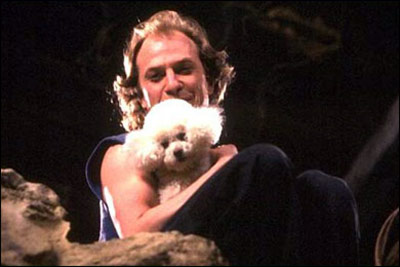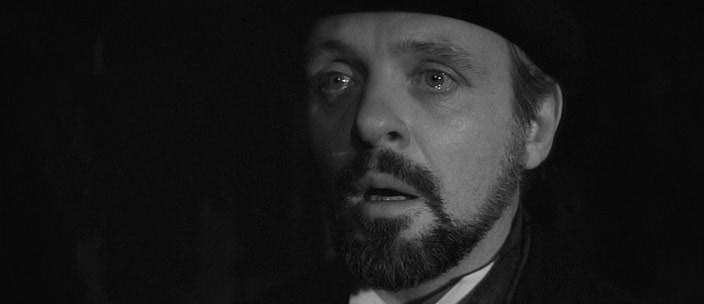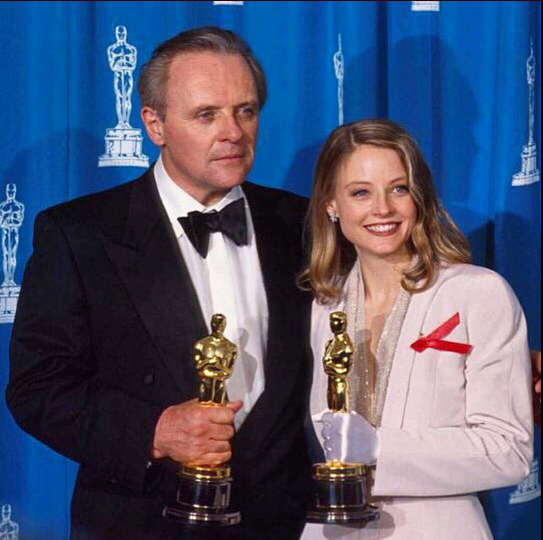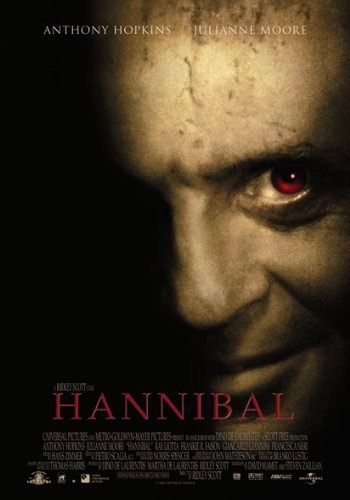The death penalty question has been dragged kicking and screaming into the headlines again this week after the execution of a man in Alabama who appeared to be still conscious during his execution. It was reported that he “coughed” “heaved” and clenched his fists as the authorities began administering lethal injections to end his life. He had been convicted of the murder of a man during a robbery in 1994. The jury gave him a life sentence which was overruled by the judge who imposed the death penalty as judges in Alabama are allowed to do. The execution has prompted 101 lawyers and legal professors in Alabama to call for the removal of 34 inmates from death row who were put there by a judge overruling a jury’s verdict.
So let us take a look at the history of the death penalty.
“Since 1976, 1,348 people have been executed in the US, but in that time 136 people have been exonerated from death row on the grounds that they categorically could not have committed the crime for which they were sentenced to death. In other words, for every ten people on death row who are executed, at least one person on death row is innocent.” – Dr Bharat Malkani, Birmingham Law School
There is no way back from an execution. Like any of man’s constructs, the death penalty is fallible. Innocent people have been executed throughout history. No amount of compensation can replace a human life.
The Guildford Four were three innocent Irishmen and an Englishwoman found guilty of carrying out the IRA pub bombings in Guildford in England in 1974. As he sentenced them, the judge, Mr Justice Donaldson, lamented the fact that he was unable to impose a death sentence on them as capital punishment had been abolished in England in 1965. He said he would have no hesitation in having them executed. (The judge even asked the home secretary why they weren’t charged with treason as that was the only way he could have them put to death) Imagine how those innocent people felt hearing those chilling words. The Guildford Four were exonerated and released from prison in 1989. Their story was told in the movie In The Name of the Father starring Daniel Day Lewis.
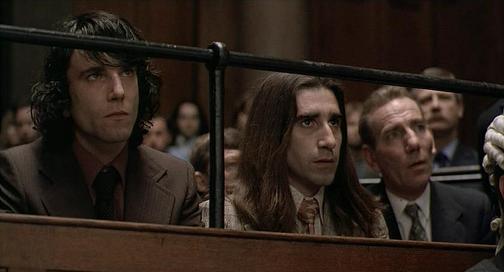
Even though the rate of capital and non-capital murder offences increased after the abolition of the death penalty in England, Scotland and Wales in 1965, it’s arguable that those figures would have risen anyway given the more permissive attitudes of the late 1960s and the proliferation of gun use in British criminal circles starting with the headline-grabbing Kray and Richardson gangs.
New forensic methods and tools are becoming available all the time now, things unavailable in the past when death sentences were decided and handed down. Cold cases are being solved, convictions quashed and people are being set free. What future developments will arrive to challenge the evidential certainties of today?
The death sentence happens all over the world with China heading up Amnesty International’s league chart for having the most executions. Iran, Saudi Arabia, Iraq and the United States take up the next four positions.
The death penalty in Western countries has been around for centuries and would appear to have moral backing. The Bible calls for “an eye for an eye” or the law of retaliation. Leviticus 24:20 says: “Fracture for fracture, eye for eye, tooth for tooth; just as he has injured a man, so it shall be inflicted on him.” As Gandhi succinctly put it, “An eye for an eye only ends up making the whole world blind.” BBC Learning interpreted and expanded on this quote: “This famous quote refers to an Old Testament reference regarding the legal penalties for violence. Gandhi rejected violence as a means to change, and only engaged in peaceful ways of protest. A version of this quote was in fact also used by Dr Martin Luther King Jr during the struggle for civil rights and equality in the USA. Both men were proponents of the power of the people and their peaceful methods carried great weight and helped bring about social change.”

If you wanted to take a pro-Christian view of the death penalty, you could argue that Jesus was an innocent man put to death for nothing. Even Pontius Pilate stated that he could see no wrongdoing on the part of Christ. Nevertheless, the execution went ahead to placate the baying mob, the local elders and to maintain peace in the region. So it is not simply a case of innocence or guilt, the death penalty, as almost happened in the cases of the Birmingham Six and Guildford Four, can be abused as a political tool with sacrificial scapegoats slaughtered because someone wants blood.
Prejudice plays a part in executions too. If a person belongs to a socially-reviled group, race or social class, there probably won’t be a big effort to save them either.
The families of some victims are against the death penalty, some for humanitarian reasons, some because they think execution is a quick, easy escape from what the offender has done to their loved ones. They want them to spend the rest of their lives rotting in prison and contemplating their actions. The execution of the focus of their rage may not bring the closure they hoped for. It can prove anti-climactic when people get what they think they want.
It is very expensive to keep people in prison for decades. And, in countries with huge prison populations like the United States and China, there is chronic overcrowding. So, to use horrific Holocaust economics, the death penalty is cost effective and recycles occupied space. No politician will publicly admit this but these are the decisions being taken in countries with the capital punishment on their statute books.
Whatever heinous act someone has committed, the “life” they are allowed on death row is non-existent. In the United States, death row prisoners can wait many years before their execution, with no hope for the future. They appeal and appeal and appeal and go back and forth to courtrooms endlessly. Depression is common among death row inmates but they are placed on suicide watch to prolong their psychological torture. When all legal options have been exhausted, a date of execution is set. There have even been stories of men sitting in the death chamber getting last-minute reprieves and being taken back to their cells on death row (essentially a mock execution). That is mental cruelty of the highest order. Even worse are the stories of executions going wrong with inmates suffering agonising injuries and/or a slow death. (Saddam Hussein’s half-brother was accidentally decapitated during a botched hanging in Iraq in 2007.) A state that retains such a barbaric system loses something of itself that it can never recover.
Yes, there are some people who are beyond rehabilitation and will always be a threat to society. The solution is not to put them down like animals. We have surely evolved beyond the sadistic public executions of the Middle Ages.
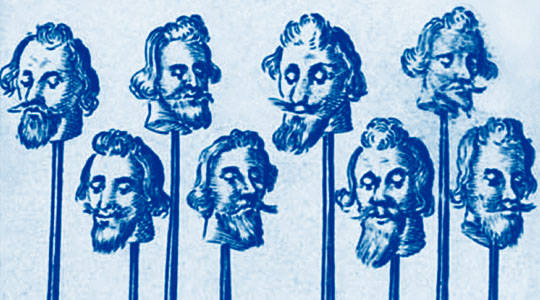
© Stewart Stafford, 2016. All rights reserved.
If you’re a generous person who believes this writer should be paid for his hard work, you may donate here.
To read more of this author’s work, check out his short story Nightfall and novel The Vorbing.
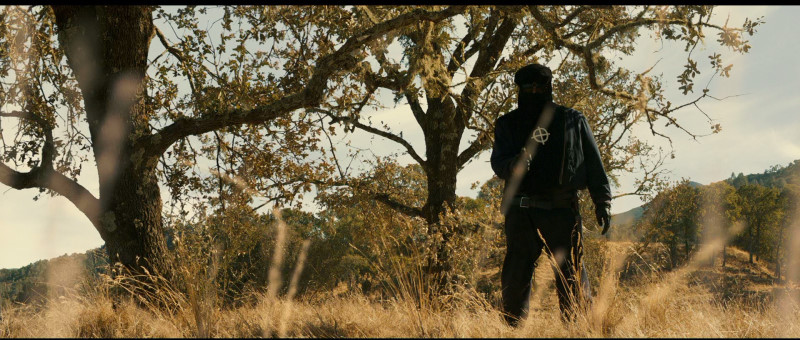






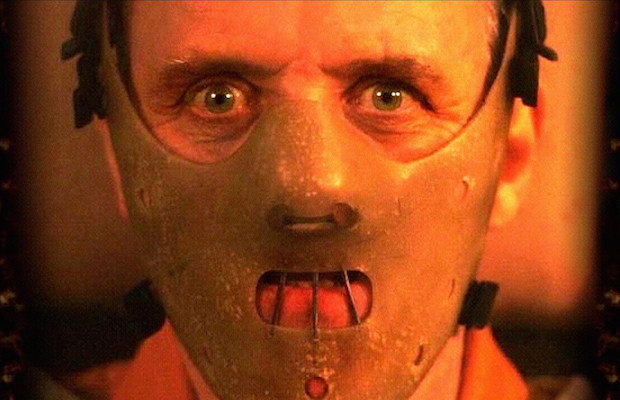
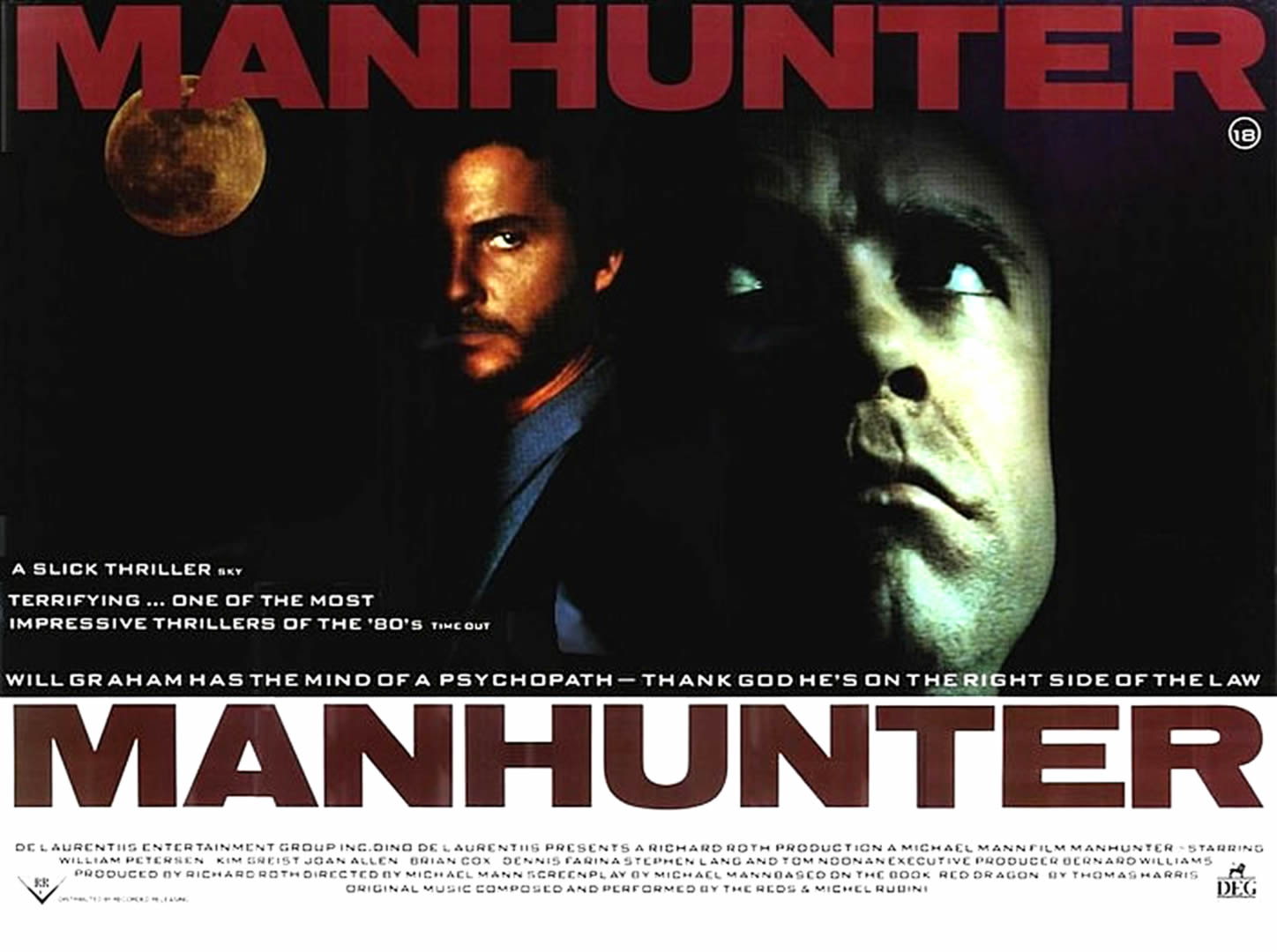 The other Hannibal movie from five years earlier, Manhunter, got a boost from the huge success of Silence. It had slipped under the radar pretty much as there were no big names starring in it. People caught up with it in 1991 and a new fanbase for that film emerged. It’s also superb.
The other Hannibal movie from five years earlier, Manhunter, got a boost from the huge success of Silence. It had slipped under the radar pretty much as there were no big names starring in it. People caught up with it in 1991 and a new fanbase for that film emerged. It’s also superb.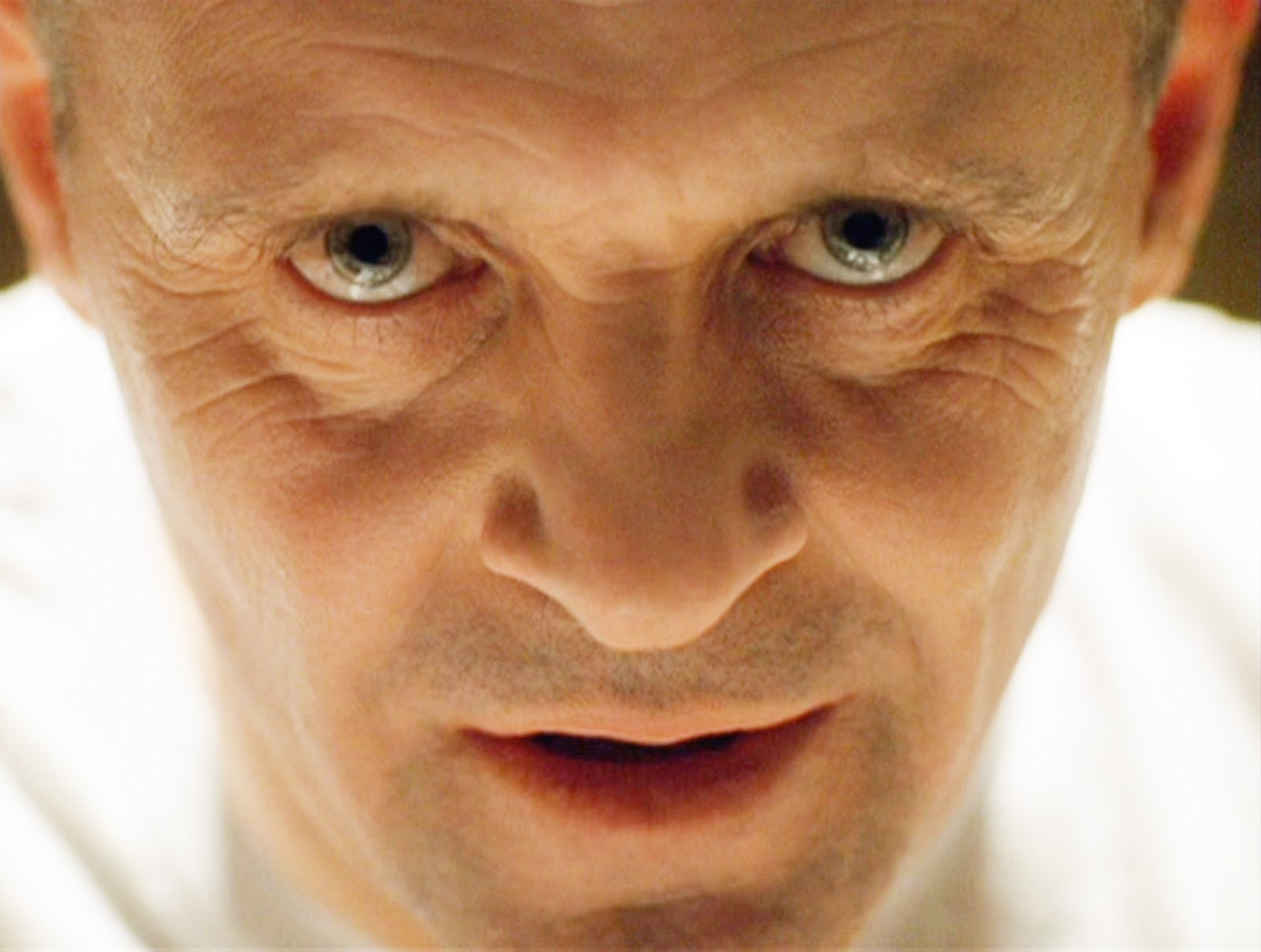 I found my seat in the auditorium and the lights went down. I had no idea what I’d let myself in for. I saw Silence in the Savoy, at the time the biggest screen in Dublin. Silence features extreme close-ups of the faces of Hannibal Lecter (Anthony Hopkins) and Clarice Starling (Jodie Foster) as they stare directly into camera at each other but also at the audience. Audiences are used to being voyeurs and watching the actors, not having them stare back. As Lecter unpicks Starling’s psyche, he does the same to the audience. I felt like a baby in a pram with these massive faces looming down at me. I was pressing back into my chair to get away from them. That’s never happened to me with any other movie before or since. On television, with the faces shrunk, it has none of that power (if you ever get the chance to see Silence of the Lambs on the big screen, take it.)
I found my seat in the auditorium and the lights went down. I had no idea what I’d let myself in for. I saw Silence in the Savoy, at the time the biggest screen in Dublin. Silence features extreme close-ups of the faces of Hannibal Lecter (Anthony Hopkins) and Clarice Starling (Jodie Foster) as they stare directly into camera at each other but also at the audience. Audiences are used to being voyeurs and watching the actors, not having them stare back. As Lecter unpicks Starling’s psyche, he does the same to the audience. I felt like a baby in a pram with these massive faces looming down at me. I was pressing back into my chair to get away from them. That’s never happened to me with any other movie before or since. On television, with the faces shrunk, it has none of that power (if you ever get the chance to see Silence of the Lambs on the big screen, take it.)